CEO OF GROUNDNUTS





First things first, let’s get our heads round Regenerative crops
Dear future, how about this? Regenerative crops bring the next level better to farming. Healthier, kinder and a damn sight better for our soil, our bodies and our communities.
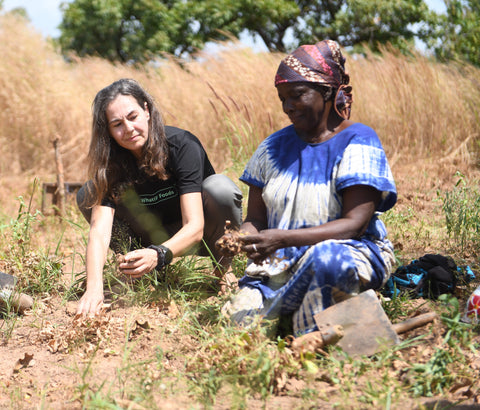
People are starting to put more back in than they’re taking out. It’s like giving the planet one great big group hug.
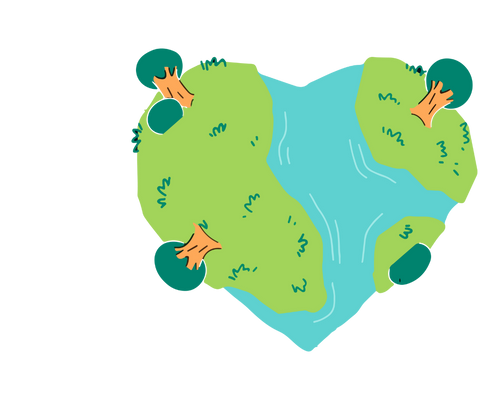











BAMNUT
ORIGINS
& JOURNEY
SO
FAR.
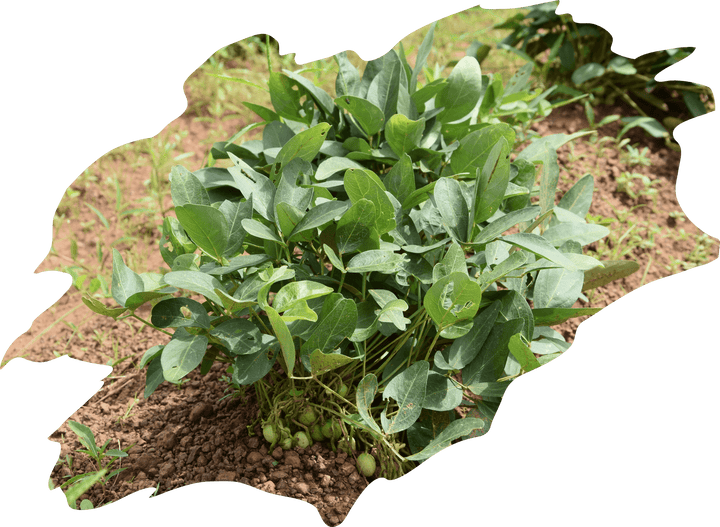
OK, let’s put out some dazzle here.
Our Bambara Groundnut (BamNut, as our mates know it) is a wonder crop from West Africa that’s lip dancing all the way to your plate.
Already grown in Malaysia, Indonesia, India, Australia and in many other countries. The US could well be next on the list.









Better for the planet & Better for you
It’s small and sweet, but hardy as nails.
Able to flourish in poor soil and arid climates.
Plus, they look diverse, just like all of us
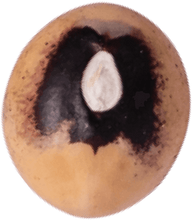
Protein rich, full of fiber, vitamins and iron.
How much better is that?
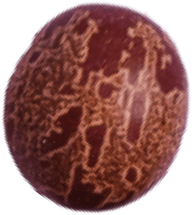
It isn't a thirst monster. It can survive on very little rain
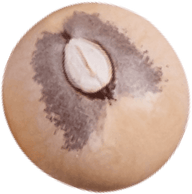
Lose the chemical pesticides and fertilisers. BamNuts have no need for them here
Protein rich, full of fiber, vitamins and iron.
How much better is that?
It isn't a thirst monster. It can survive on very little rain
Lose the chemical pesticides and fertilisers. BamNuts have no need for them here
What do BamNuts taste like?
BamNuts are natural, sweet, and totally nutty. Better Better prepare them tastebuds!
From our farmer buds to our taste buds
Here's to our growers
Raise a glass of super smooth BamNut milk with us - let's toast our lovely partner farming communities.
Here’s to a healthier, fairer and better future.
Learning together for A Better Better
The communities in Tamale, Northern Ghana have consumed BamNut daily for thousands of years! By working together, we learn together.
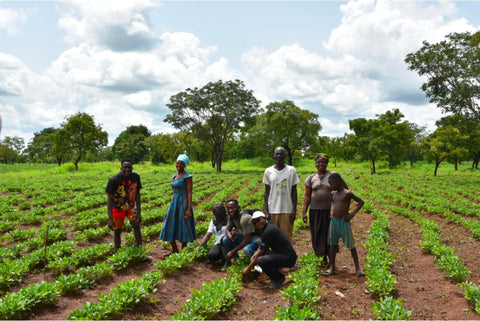
Real smiles of really empowered growers
Our farming partners are equal partners. And it’s something everyone in the community wants to be part of. In fact, 900 farmers have gotten involved in our first Bambara groundnut planting season with many more signing up for the next one.
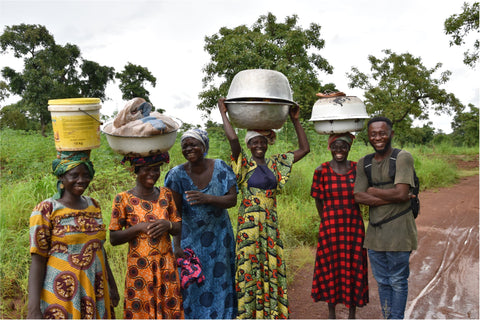
An inspiration, right here, right now
While resources are still scarce in this region, the farming communities amaze us with their can-do attitude. They want a better better and that’s why we’re here for the long run.
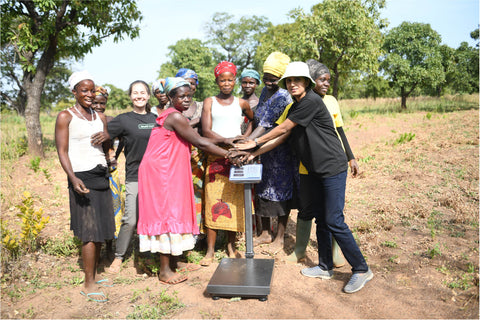






With WhatIF Foods, your action can create that ripple effect.
Official BamNut Wiki
-
What on earth is a BamNut?
Short answer, it’s a Bambara Groundnut grown in West Africa (Indonesia and Malaysia, too). But we crushed the name down to BamNut, to put a catchy ring on it.
A bit of a wonder crop, this regenerative legume has been under cultivated and overlooked. Which is insane considering what’s in its nutritious locker: with 20% protein, 18% fiber, B vitamins, 7 minerals and iron, it's loaded.
It thrives with very little water and in poor soil. And, as it grows, it leaves organic matter that heals the soil.
(Even more obscure fact - in Indonesia and Malaysia it’s known as Kacang Bogor and Kacang Poi.)
-
What does BamNut taste like?
Eat it as it is and you’d break your jaw. It’s harder than a really hard thing. So, it’s cooked and steamed to be softened. Taste? Some people say soy, peanut or chickpea. Some say earthy. Some say nutty. All say delish.
-
Why does the BamNut use such little water?
Here’s the science bit. The BamNut has adapted to drought conditions on a cellular level. It’s simply not thirsty for rain. What’s more, this brilliant little legume has a strong, complex root system that heals the earth and improves the soil. Bringing back biodiversity and promoting a healthier eco-system. Nature, take a bow.
-
Do you use fertilizers to grow BamNut?
BamNut grows well on non-arable land, and is better adapted to that than rest of its legume relatives, and doesn’t need any nasty chemical fertilisers or pesticides at all to grow. Actually, it goes one better - adding nitrogen back into the ground to regenerate the land.





















